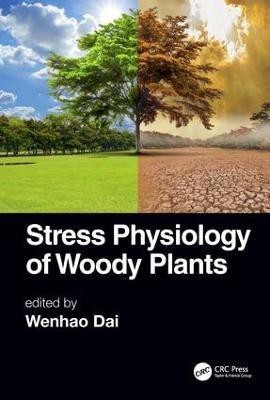Stress Physiology of Woody Plants(English, Hardcover, unknown)
Quick Overview
Product Price Comparison
Woody plants have distinct growth and development habits. Being sessile and perennial species, woody plants are challenged by multiple stresses year-round or facing repeated stress attacks during their lives. A stress challenge in one season may impact the plant performance in other seasons or years; therefore, woody plants must develop specific mechanisms to minimize the damage caused by various stresses. Although all plant species share the basic physiological process, the unique characteristics of woody species in anatomy structure, body size, growth habit, and life expectancy contribute to significant differences in their responses to different environmental stresses compared to herbaceous plants. Written by a group of experts, Stress Physiology of Woody Plants, is comprised of 11 chapters profoundly describing the uniqueness of plant structure, growth and development, photosynthesis and respiration, and growth regulation in woody species. It summarizes findings in the responses of woody plants to major environmental stresses including drought, nutrient deficiency, salinity, low temperature, oxidative stress, heavy metal, and multiple stresses. Features: Provides a comprehensive review of physiological and molecular aspects of woody plants responding to some major environmental stresses. Bridges the gap between woody and herbaceous species in the field of general physiology and stress physiology. Describes the uniqueness of woody plants in plant structure, growth and development, photosynthesis and respiration, and growth regulation. Summarizes physiological and molecular responses to the environmental stresses in woody plants. This book serves as a textbook and major reference by students and researchers of plant physiology, horticulture, forestry, and plant molecular biology and teaches a better understanding of the mechanisms of plant response to individual or combined stresses in woody species.


